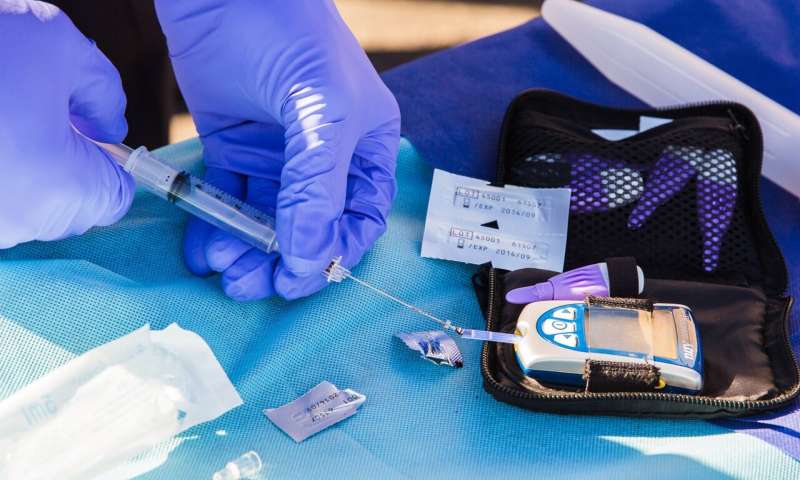According to the U.S. Centers for Disease Control and Prevention, prediabetes is a serious health condition in which blood sugar levels are higher than normal, but not high enough to meet the threshold for type 2 diabetes. If diagnosed early, experts say, lifestyle changes such as weight loss and regular exercise can prevent or delay the development of type 2 diabetes and the increased risks it poses for heart disease, stroke, kidney failure and nerve damage.
Because the incidence of type 2 diabetes in the U.S. population (6.7 per 1,000 adults in 2018) has not changed significantly since 2000, it’s likely that individuals with prediabetes are not getting diagnosed and treated soon enough to prevent it from progressing. Johns Hopkins Medicine researchers analyzed electronic health records and insurance claims data to better understand patients with prediabetes in the Johns Hopkins Health System, and then used that information to recommend improvements in prediabetes care applicable to all medical institutions.
In their paper published March 2 in the Journal of General Internal Medicine, the Johns Hopkins Medicine researchers analyzed data from more than 3,800 patients. They found that 13% were formally diagnosed with prediabetes, referred to a nutritionist or prescribed metformin, a medication used to prevent the development of type 2 diabetes.
The research team, led by Eva Tseng, M.D., M.P.H., assistant professor of medicine at the Johns Hopkins University School of Medicine, evaluated the follow-up care that patients with prediabetes received over a five-year period, including whether they had repeated laboratory testing of their A1C level (the measure of a person’s average blood glucose, or blood sugar over the previous three months). Patients with prediabetes, they explain, have an A1C of 5.7 to 6.4. A normal A1C is below 5.7.
The researchers also determined if patients were diagnosed and medically coded for prediabetes, and if they were referred for nutrition therapy or started on metformin therapy.
Tseng says her team’s findings are similar to what previous studies by researchers outside Johns Hopkins have shown.
“Six percent of the patients evaluated developed diabetes within 12 months, which is similar to other studies,” Tseng says. “But these are people who we can potentially prevent from developing type 2 diabetes. Our results show that we have considerable room to improve in the identification and care of people with prediabetes within our health system and likely in many other places across the United States.”
Tseng recommends that patients be appropriately screened for prediabetes, and if diagnosed, begin discussing options for treatment with their providers.
“We want to make sure patients are aware they have this diagnosis and know of some basic steps they can take to address prediabetes,” Tseng says. “We hope to create a standardized dialogue about treatments, such as the U.S. Centers for Disease Control and Prevention’s National Diabetes Prevention Program, starting metformin and seeing a nutritionist.”
Tseng and her colleagues plan to use their findings to guide the continued improvement of prediabetes care for the health system. This model of care can then be used by other health systems.
Johns Hopkins University School of Medicine


